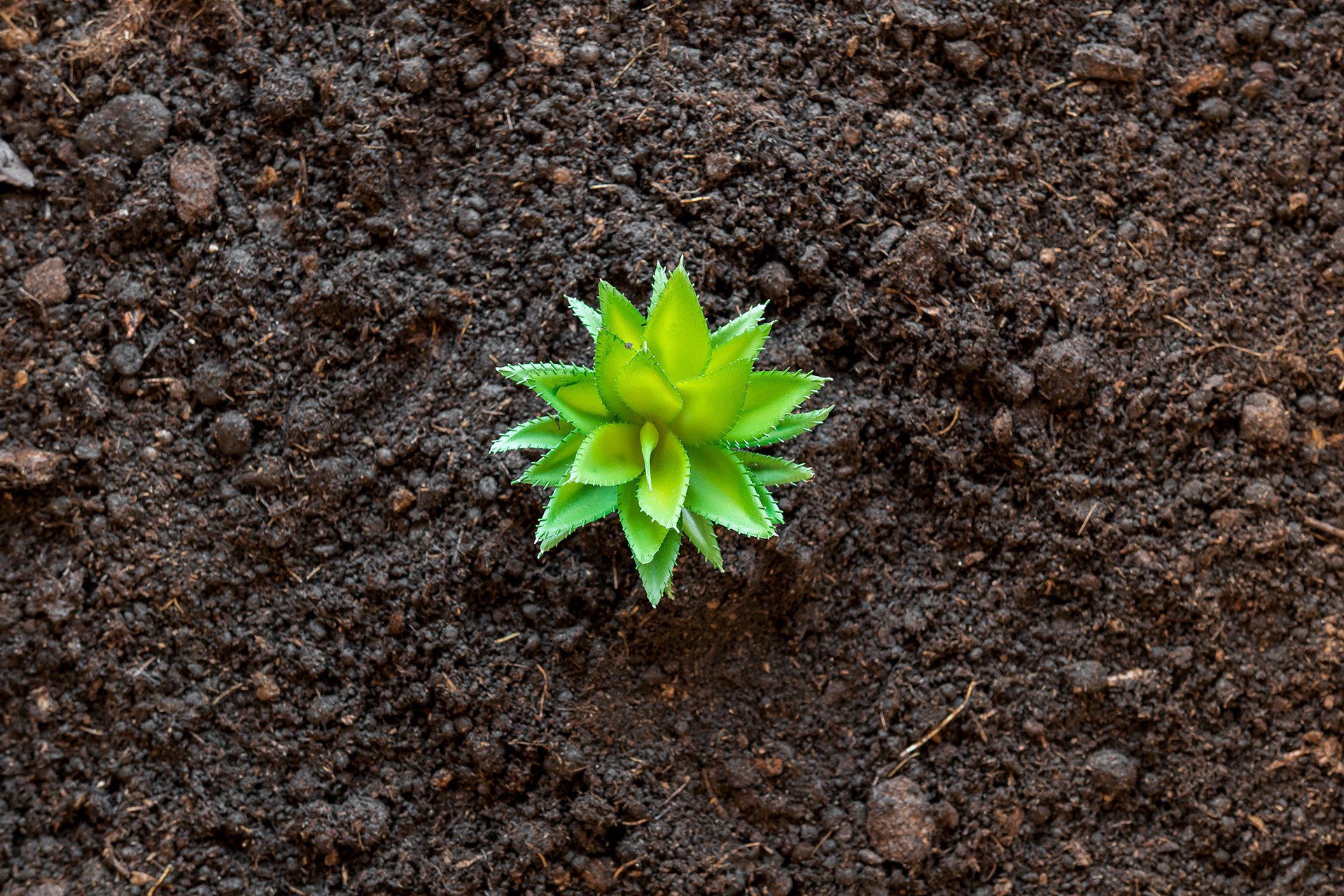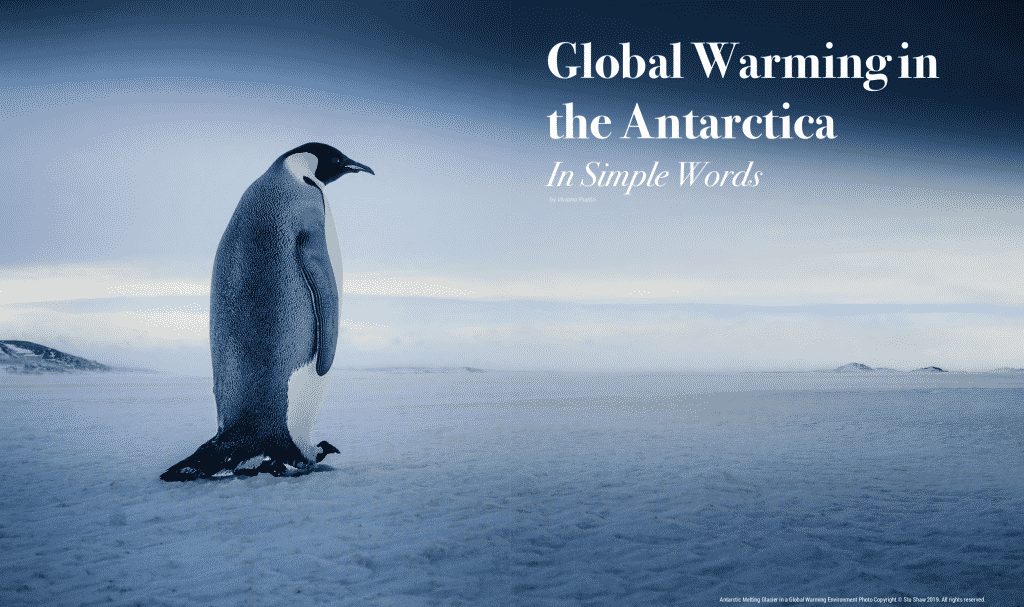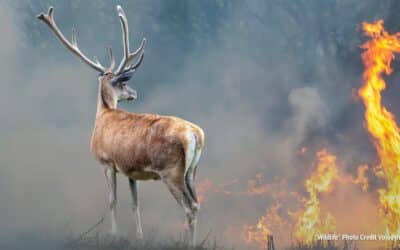Global Warming in Antarctica
One of the most critical indicators of global warming can be found in Antarctica. The peninsula has been one of the most rapidly warming areas of the world over the past fifty years. Since 1955, the upper ocean temperatures just west of the Antarctic Peninsula have increased by more than one degree Celsius.
Studying climate change in Antarctica can be a key to shed more light on the global crisis as a whole. Global warming is making significant changes to both living and physical environments. For example, the permafrost, which had initially been resilient to warming in the Pole region, is now starting to melt. The measurements confirm that some areas are melting ten times more rapidly than ever before known.
More content like this? Check our Sacred Waters issue!

Researchers suggest that the situation has reached a critical point where glacial melting will accelerate and may become irreversible. A study conducted by Nasa found that Thwaites glacier could probably flow into the sea and generate a fifty centimeters rise on sea level. Other glaciers are in similar situation.
Most recent researches have found that the rate of ice loss from Antarctic glaciers has doubled in the last six years and is now five times faster that in the 1990’s creating a significant reduction in thickness at some sites of up to 100 meters. Satellite data has shown that Antarctica has lost as much sea ice in the last four years as the Arctic lost in the last thirty four years.
While this change is concerning for a variety of reasons, it holds the potential to affect both animals and humans significantly. We’re starting to feel the effect through the food chain since the changing habitat has already impacted many species of animals that rely on the cold temperatures of Antarctica for survival. Though the full effects are not known, it is expected to threaten crops, livestock, and aquatic species.
These changes can, in turn, affect the availability of food, driving up prices and possibly even making some foods unattainable.
For those that travel around Antarctica for fishing or recreational purposes, the rising ocean will significantly change its weather patterns. Regions and channels that have been known to be safe may now become dangerous, a problem that will impact shipping lanes and cause delays. Overall, the two primary changes that we, as humans, will experience are potential food scarcities and higher costs for products obtained overseas.


Antarctica is home to animal colonies, which are now in danger with rising temperatures. The distribution of these colonies has already been affected. We will see a decrease in their numbers over time, and some species may even become extinct. For example, penguins depend on Antarctic krill, a species of fish in the Atlantic Ocean. There has been a long-term decline in their abundance, which means less food for the penguin colonies.
Furthermore, many species of seals and whales are dependent on the sheets of ice for their food and reproductive purposes. They are in danger of not having access to these sheets, which will also decrease their life expectancy. The minke whale and orca are, particularly in jeopardy.
Global warming in Antarctica is a significant danger, posing a real, but sad, example of how the rest of the world may be affected. Keeping an open mind and staying informed will help us find ways to contribute individually, as families and at community levels. Our contribution is more critical than ever; finding local solutions will help with this global crisis. It is our responsibility not only with our planet, the only home we know, but with all generations to come.














